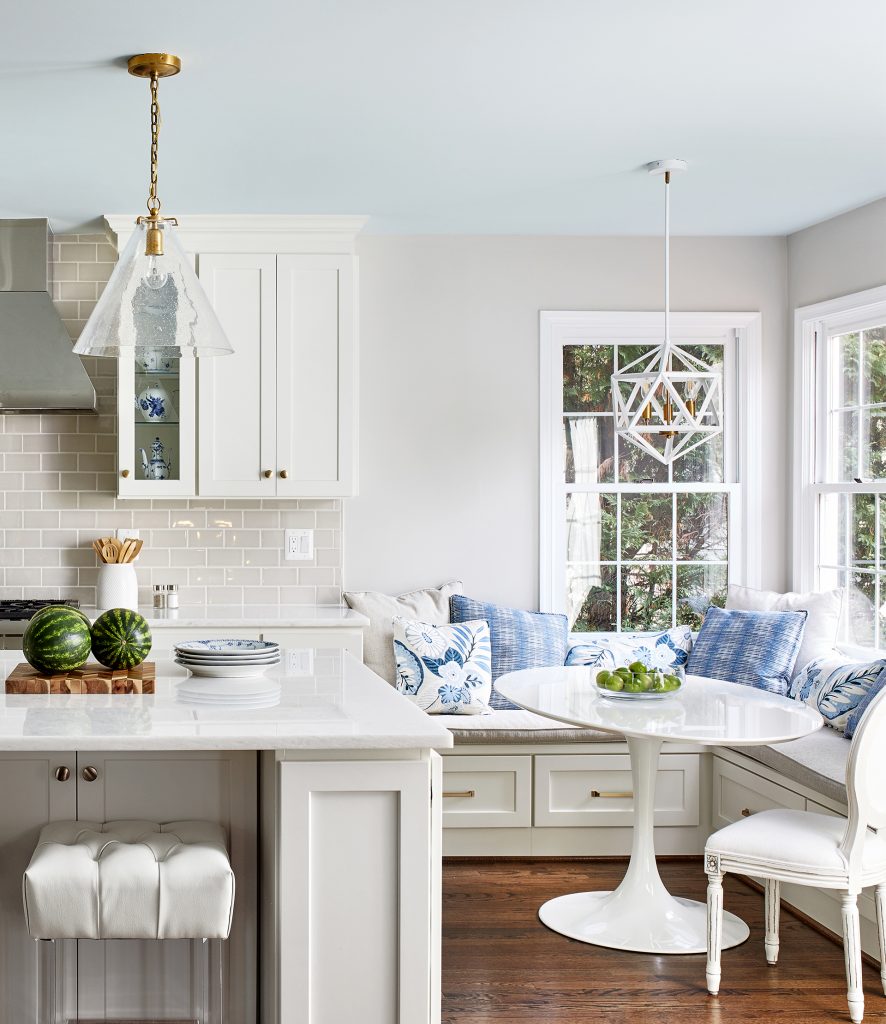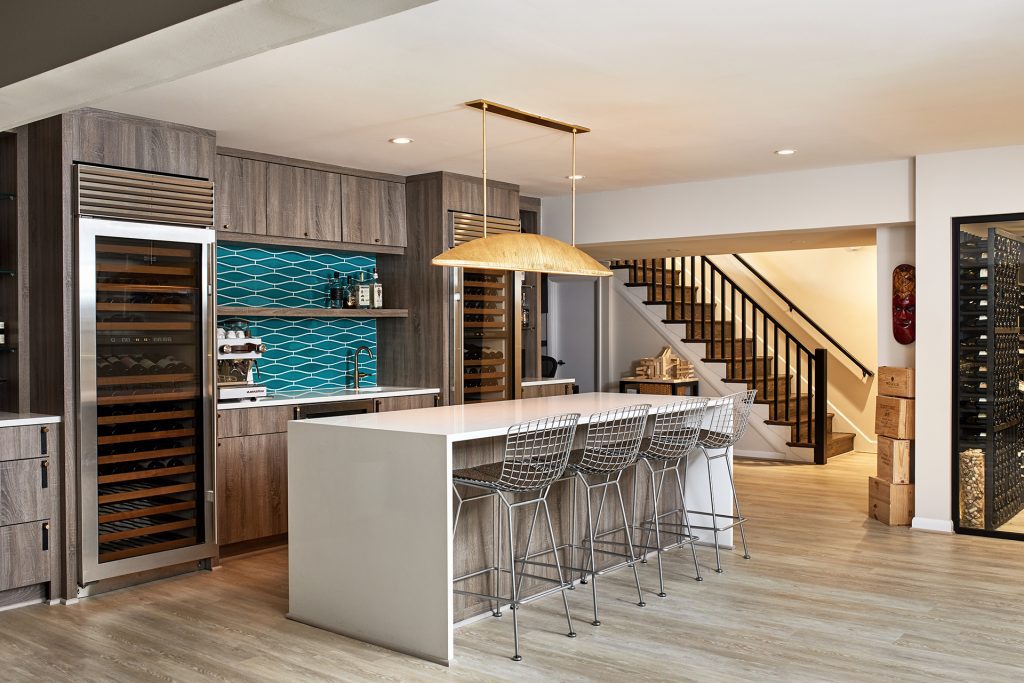Remodeling your home can be complicated. There are so many things to consider- design options, levels of investment, and who you should talk to about the project. If you want accurate information on those first two items, you often have to start with the third- who to talk to about the project. To make this even more complicated, there are many different ways to approach a project.
What are those approaches? Well, there are many, but we are going to group them into 6 main categories. The right one for you is going to vary based on your own unique circumstance. Before you decide, make sure you understand your options.
This description of options is fairly high level – there is lots of nuance in individual companies. When you decide on a direction, you will need to dig deeper to find the right business. We will start with the least expensive option.
- DIY. That’s right, do it yourself. You make all the decisions and selections, you do the work, and you clean everything up. As a result of doing everything, you save on all of the costs associated with others being involved in the project. There aren’t many people that have the skills to take this approach and the number seems to get smaller every year (I was never on the list!), but it is an option for some. Doing it all yourself is going to be the least expensive method to accomplish a project.
- Be your own General Contractor. A ton of time is spent ordering, receiving, inspecting materials, coordinating inspections, scheduling deliveries, managing sub contractors or tradespeople, doing quality control, and paying vendors. If you assume the role of the General Contractor, you don’t have to pay for this service. Just a heads up – this can be very time consuming, especially if you do not have existing relationships with everyone that will be involved in the project. You will also need to design the project yourself or hire an independent designer if you want some help. Don’t forget to incorporate this expense into your budgeting. Still, if you assume the role of the general contractor, you will save significant expense on your project.
- Work with a Kitchen or Bath Showroom. If this is the type of project you are considering, working with a local showroom is an option. They often have a range of materials on display and can often handle the design work. Make sure you understand what role you will play in the process. Will they put drawings together and submit for permits? Will their design work include options for structural work like removing walls or adding new windows/doors or changing their locations? Do they refer you to an installer, subcontract the work directly, or are you responsible for finding someone to do the installation? You can also use this option in conjunction with the 2 listed above, using the showroom primarily for their design advice and product selection abilities.
- Hire a General Contractor. These companies are often small and their expertise is typically in the actual construction of the project. You will most often need guidance from others with design work, material selections, and drawings/permitting or, you could perform these tasks yourself. Make sure you they have a track record of satisfied clients and that they have been in business for several years. Remodeling is a tough business and small companies come and go. This doesn’t mean this is not a viable option, just do your homework.
- Hire an independent Architect or Designer. Depending on the scope of work, hiring a design professional is an option. Again, this route could also be used together with a few outlined above. The firm associated with these professionals vary wildly – some are just a single person or two and others are much larger organizations. They are expert with the design portion of the process, but you should clearly understand how construction is done. Most often, there is a negotiated arrangement with a contractor or a bid process. If budget is important, make sure to clearly communicate this priority. Because you will be working with others to accomplish the production of the project, you don’t want to design something that is beyond what you are comfortable investing in the home.
- Work with a Design/ Build firm. If only there was a clear definition of what design/build means. Unfortunately, there isn’t one. It is practiced in many different ways by companies large and small. Companies that carry the design/build label can include:
- a general contractor that subcontracts design/ drawings work
- a designer that subcontracts the construction work
- a project manager that subcontracts both the design and construction of the project
- a firm that has an “in-house” staff of both design and construction professionals
Again there is no single definition of what design/ build means, so I can only tell you what it means to us. That definition is pretty simple- “we own it.” Design, drawings, permitting, material selections, ordering, receiving, scheduling, project management, communication, construction and inspections. We are responsible for all of it, and the vast majority of that list is done “in-house” by our team of experts. It also means having a carefully constructed process that we follow on every project. We are big fans of predictable results.
Of course, we are biased to the last entry on the list but the others are reasonable ways to accomplish a remodeling project too. Regardless of the route you choose, be sure to understand exactly what the process is, who does what, and what your responsibilities are during the process. In the event that there are multiple businesses involved in the project, you should also be sure to understand responsibilities. You do not want to get stuck in the middle of finger pointing between the groups.
Your skill set, budget, and the amount of time you have to commit to a project should help guide you through the process of choosing which path is right for you. There are lots of good options available.
Good luck with your project!
Want to learn more?
How Much Does It Cost to Remodel a Kitchen?
How Much Does It Cost to Remodel a Bathroom?
Top Ten Questions to Ask Before Choosing a Remodeling Firm
A Vision of Home: The CaseStudy®
How Long Will It Take to Remodel My Kitchen?
Should I Use a Home Equity Loan for Remodeling?



